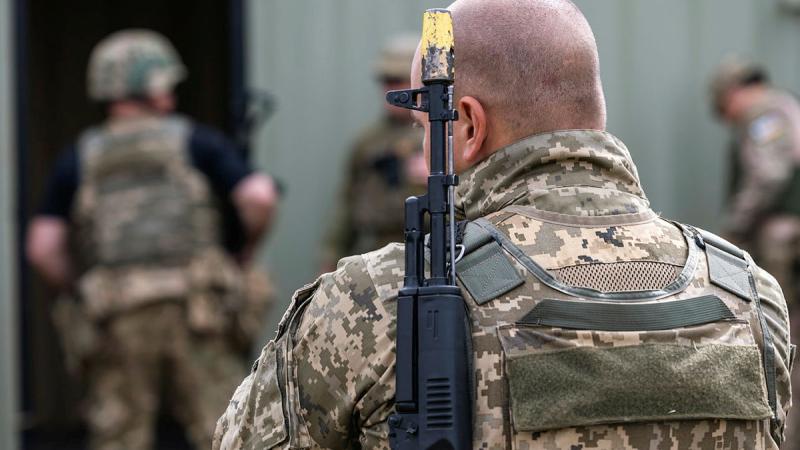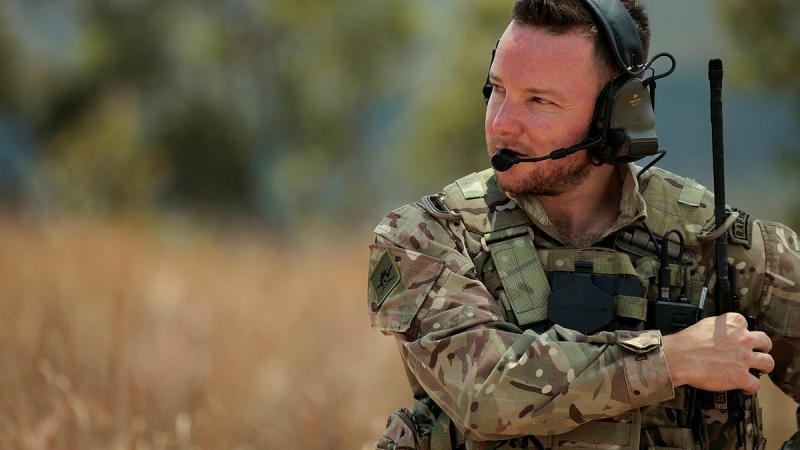RAAF
The job of packing up a six-year deployment in the Middle East Region has proven a massive test for No. 33 Squadron – in more ways than one.
Almost 70 tonnes of equipment needed to be catalogued, prepared and transported when the squadron concluded its deployment of a KC-30A Multi-Role Tanker Transport (MRTT) to Operation Okra.
The equipment ran the breadth from tools, spare parts and furniture, through to Ground Support Equipment (GSE) including a 20-tonne tug for towing the KC-30A on the flightline.
From September 2014 to September 2020, No. 33 Squadron provided the Tanker Element of Air Task Group 630, flying 1440 air-to-air refuelling missions in the Middle East Region.
In six years, the deployed KC-30A offloaded more than 47,000 tonnes of fuel to Australian and Coalition aircraft engaged in defeating Daesh terrorists in Iraq and Syria.
Group Captain Anthony Bull, Officer Commanding No. 86 Wing, said the logistics effort was the concluding achievement to the KC-30A’s deployment.
“We often recognise the logistics effort required to deploy and sustain our forces abroad, but seldom do we acknowledge the work done to return those forces,” Group Captain Bull said.
“This re-deployment presented numerous logistical challenges, not the least of which were due to the KC-30A’s size and some of the specialist equipment required to operate it.
“Even with the benefit of working on a base with Coalition partners, this deployment was the first of its kind for any operator of this aircraft type, and done while we were still building our experience on the KC-30A.”
Packing up the deployment began months in advance of the return, with Sergeant Ryan Carr from No. 33 Squadron leading a five-person logistics team to plan the job.
“We completed a 100 per cent audit of all KC-30A assets in the Middle East Region, including spare parts, tooling, locally-purchased items, leased assets, furniture and other effects,” Sergeant Carr said.
“There was roughly 70 tonnes of equipment identified for movement out of the base, which equated to about four C-17A loads.”
The logistics team wasn’t alone in this endeavour, and was supported by Joint Task Force 633 in the Middle East Region, including the Expeditionary Airbase Operations Unit.
A drawdown timeline was created with key dates for when the logistics team needed to reserve cranes, truck drivers, and other specialist equipment for the return.
The Tanker Element would also need to vacate and clean its working accommodation, as well as ensure equipment returning to Australia would meet quarantine requirements.
All the while, the Tanker Element continued flying KC-30A refuelling missions for Operation Okra throughout the heat of the Middle Eastern summer.
“We packed over 700 lines of spares from our deployed warehouse, cleaned and packed all of the tooling and Support and Test Equipment,” Sergeant Carr said.
“We prepared a Super Heavy Tug, Light Tow Motor, a 90KVA generator, scissor lifts and deployable air stairs, potable water trucks and wash carts, oxygen and nitrogen carts, and a number of maintenance stands.”
When the KC-30A concluded its deployment in September 2020, the aircraft returned to Australia with the Tanker Element’s main party.
It also carried 7.5 tonnes of equipment to be returned to No. 33 Squadron for use at the Squadron home of RAAF Base Amberley.
“Priority items for return to Australia were our stock of aircraft spares, tooling, oxygen carts, and fly away kits we take when deploying with the aircraft,” Sergeant Carr said.
“The next priority of equipment to return to Australia was the Light Tow Motor, 90KVA generator, and Portable Water Truck.
“These are all in high use at RAAF Base Amberley, as they’re in a pool of assets that are regularly shared between the three air mobility squadrons at that base.”
Smaller items of GSE such as these are often carried by C-17As, however the Tanker Element also held much larger items of GSE to operate the KC-30A.
“The two largest items (for return) were the Super Heavy Tug, which weighs 20 tonnes, and the Large Six-Point Boom Maintenance Platform, which weighs just under 10 tonnes,” Sergeant Carr said.
“These are also unique as they are not something we deploy with regularly – the only recent movement of these items was to the Middle East Region about five years ago.”
Moving any GSE by C-17A requires clearance and instructions from the Air Mobility Training and Development Unit (AMTDU), which details how to safely load the item via the cargo ramp and secure it to the floor during flight.
The Super Heavy Tug did not have a current approved load instructions, requiring AMTDU to produce an urgent Special Cargo Instruction (SCI).
“Prior to the SCI being released, we were able to partially prepare the tug, which involved removal and individual palletisation of the four ballasts in the tug, which weighed 3700 kilogram each,” Sergeant Carr said.
“We also completed a full clean of the vehicle for quarantine inspection.”
The SCI was then released, which required the C-17A to bring special wooden shoring that would allow the tug to be safely loaded via the cargo ramp.
The Six-Point Boom Stand meanwhile is a massive cradle used for servicing the KC-30A’s 11-metre-long Advanced Refuelling Boom System (ARBS).
Mounted underneath the tail end of the KC-30A, the four-tonne ARBS is deployed in flight to refuel compatible aircraft at over 600 kilometres per hour.
“The Six-Point Boom Stand weighs just under 10 tonnes, and was another unique item due to its size, and initially little information could be found regarding its movement into theatre,” Sergeant Carr said.
“This left us with questions about whether it too would require a SCI from AMTDU.
“From reviewing archived emails, we found the original Task Order and Flight folders for its deployment (in 2016), which assisted the Mobile Air Load Team greatly in understanding and preparing the load.”
Northrop Grumman, which provides engineering and sustainment support for RAAF KC-30As, provided information on breaking the Boom Maintenance Stand into two pieces for carriage in a C-17A.
“Assistance was sought from local Allied units at our base to use a 100-tonne crane for removal of the top section of the Stand, and placing it on three married (combined) aircraft pallets,” Sergeant Carr said.
On separating the top section, the bottom section was prepared and craned onto four married pallets with the use of shoring to spread the load.
Subsequent C-17A missions to the Middle East Region will return the majority of the Tanker Element’s remaining equipment by the end of the year.
Other items will be distributed to Australian Defence Force and Allied units deployed in the Middle East.
Sergeant Carr said the re-deployment had given No. 33 Squadron a deeper understanding of supporting KC-30A operations overseas.
“From the sustainment point of view, I believe there is a greater appreciation of the support equipment required at Forward Operating Base, and the importance of ensuring the right equipment is there for the right mission profile,” Sergeant Carr said.
“The majority of equipment was deployed at the beginning of Operation Okra and has been maintained in theatre, however not necessarily required throughout the entire period.”
“Understanding the types of missions we perform in theatre directly relates to the equipment used to support those mission types, and define the type of maintenance that will be authorised in location.”
The redeployment also presented more tactile challenges, such as handling the wooden shoring required to load a Super Heavy Tug on to the C-17A.
“Each shoring ramp weighed 360 kilograms, and the equipment was not available to assist moving it, resulting in manually having to manoeuvre the shoring on and off the aircraft,” Sergeant Carr said.
“This has identified a shortfall in the construction of shoring, and in future we will ensure it is easily manoeuvrable.”
Ultimately, careful planning and support from Joint Task Force 633 helped bring a positive end to the KC-30A’s deployment to Operation Okra.
“The success in the withdrawal from the Middle East Region and meeting every milestone is directly credited to having a cohesive team,” Sergeant Carr said.
“We had early planning with the technicians, aircrew and logistics staff to form a timeline of events leading up to last mission, and identified the work required between the final mission and aircraft departure.”
/Public Release. View in full .







